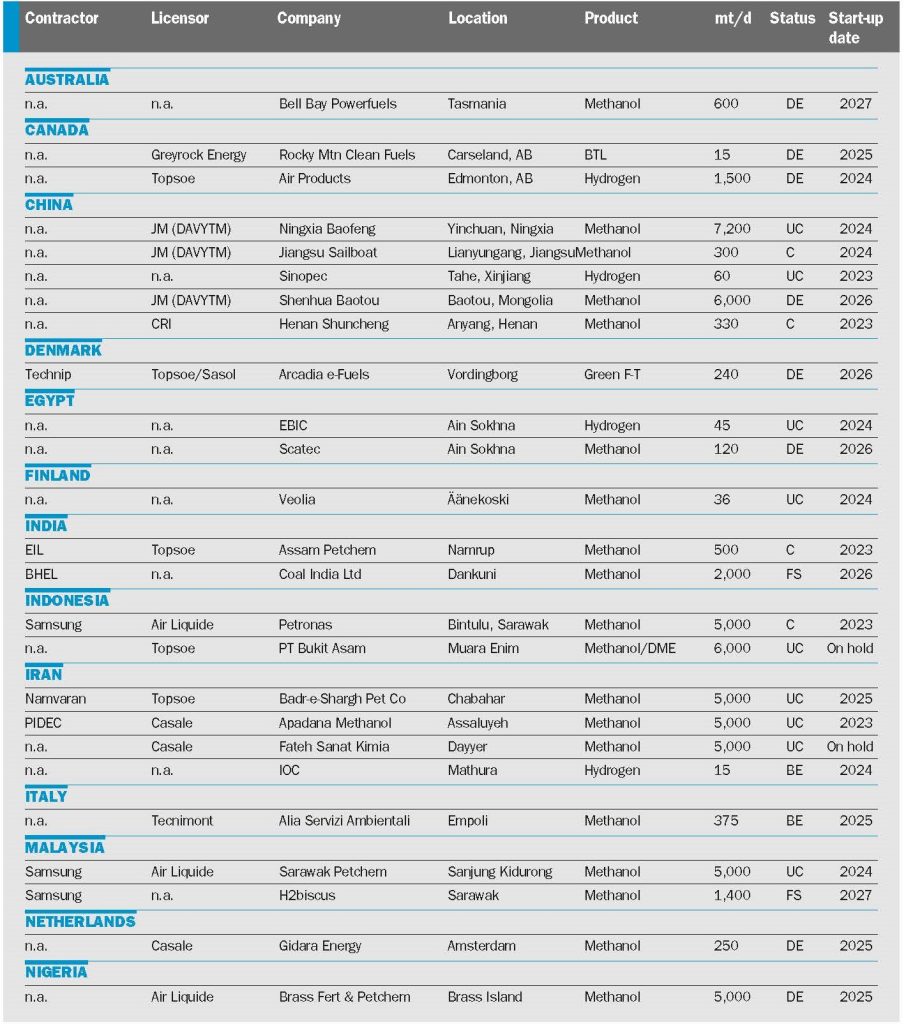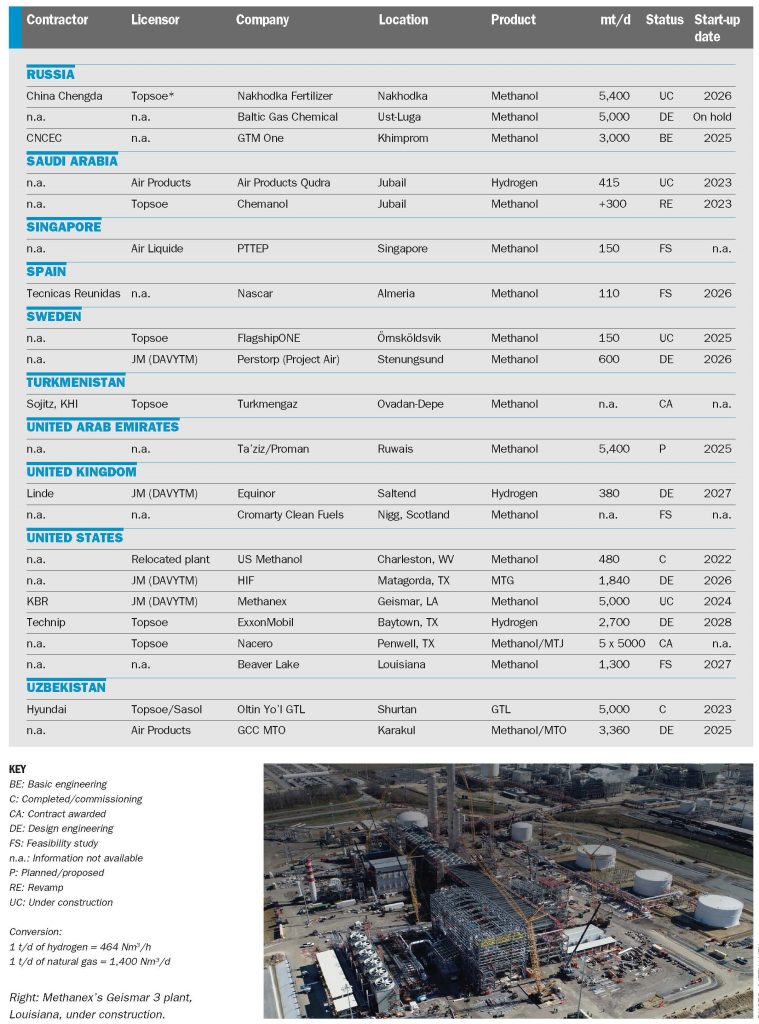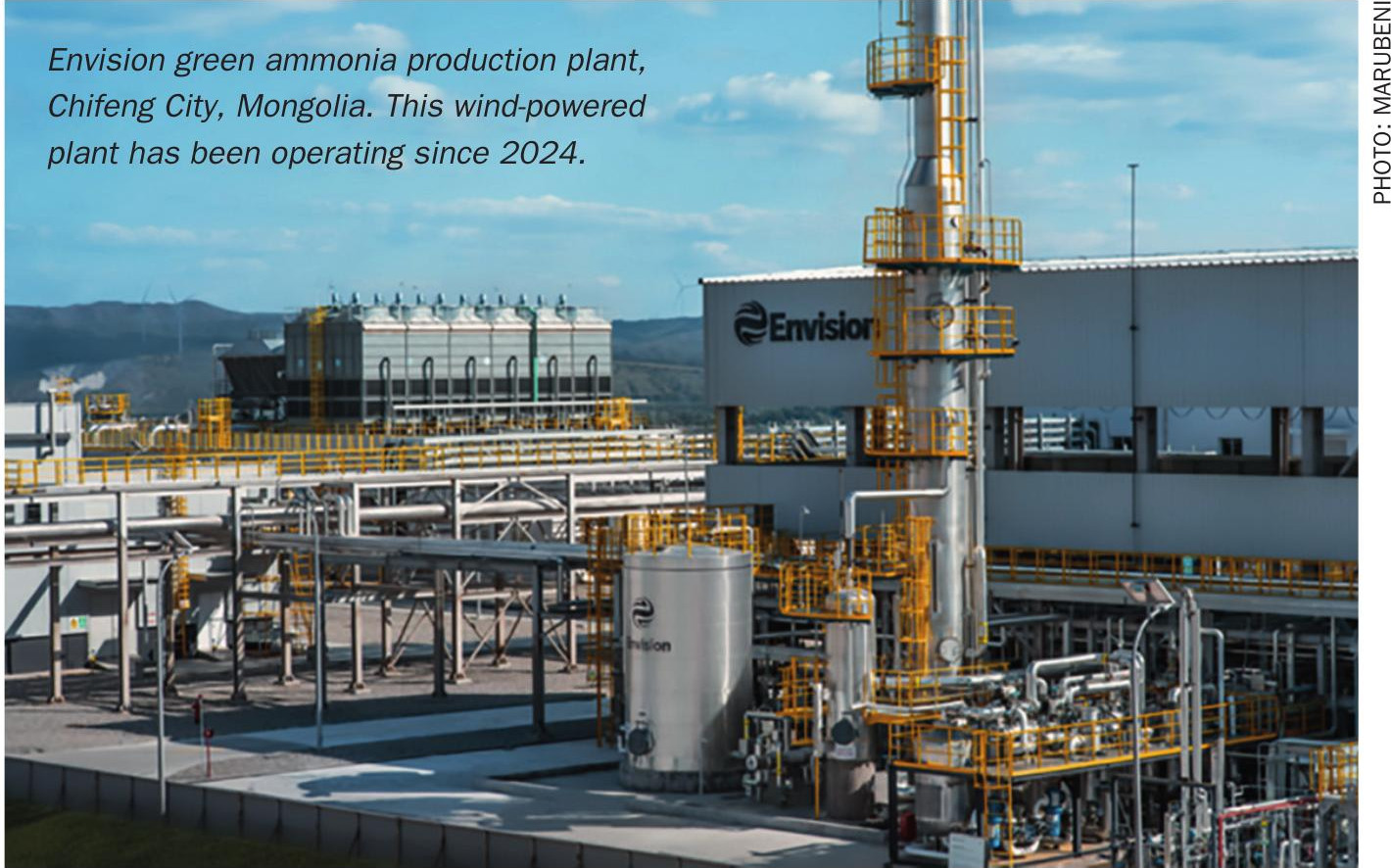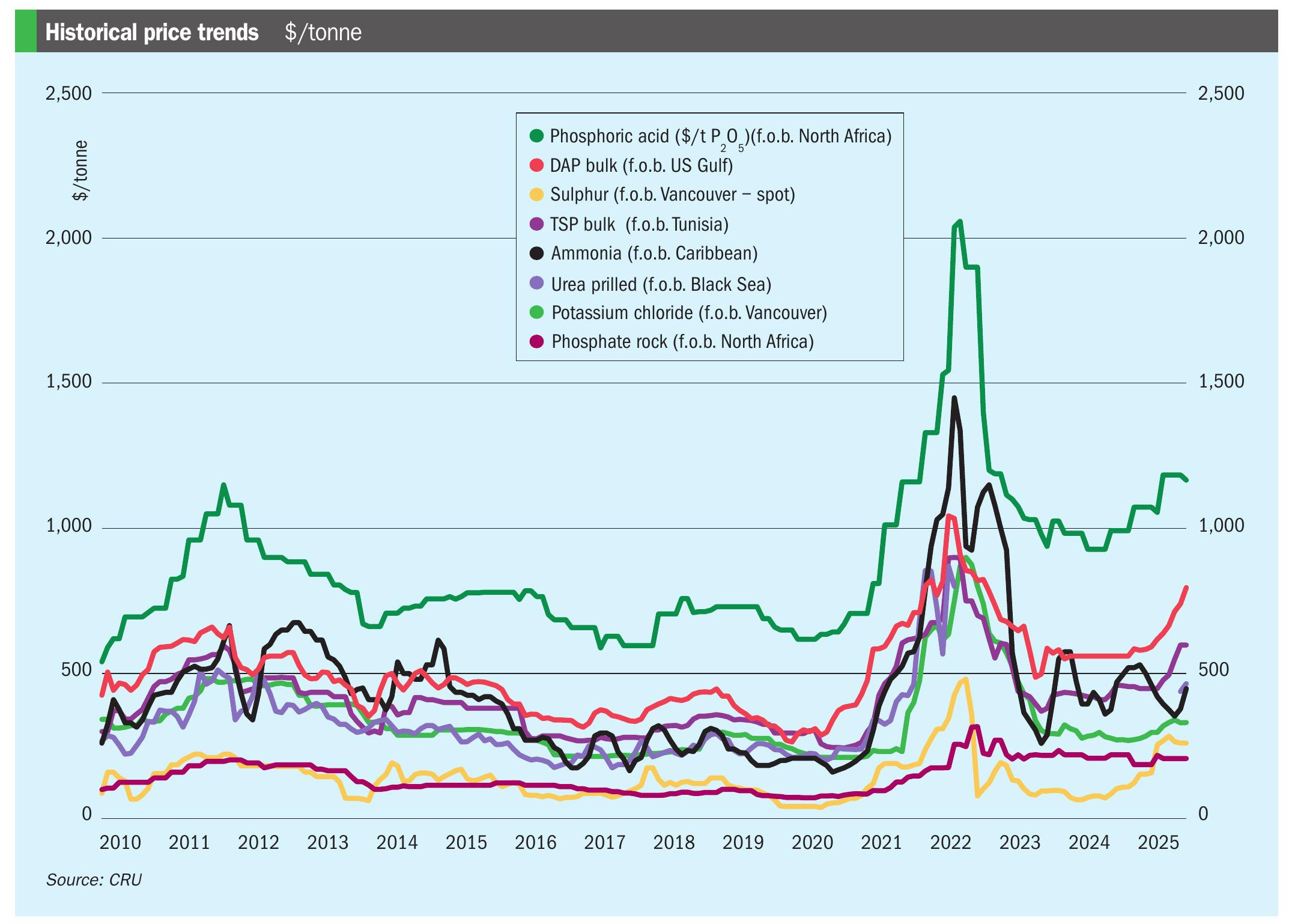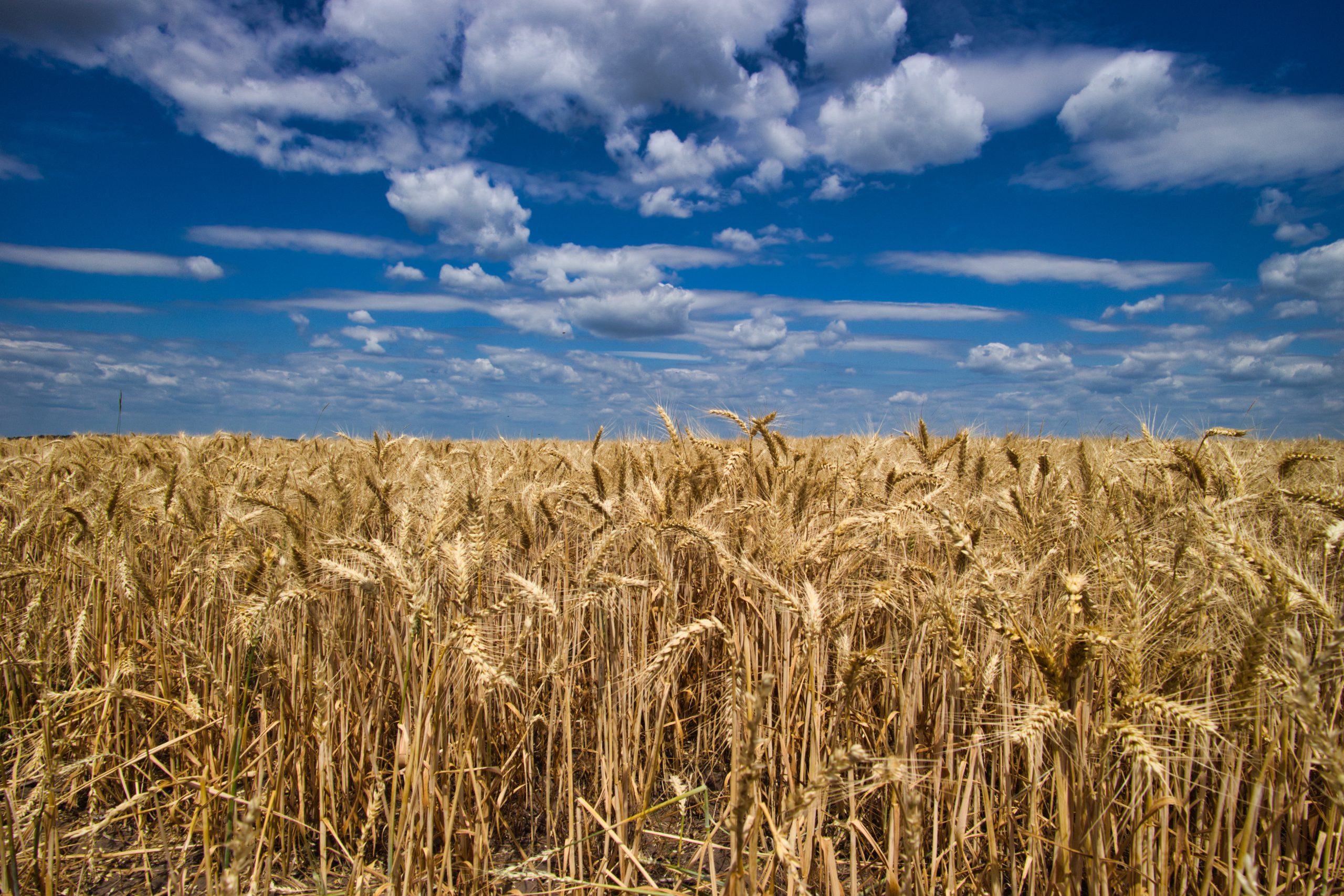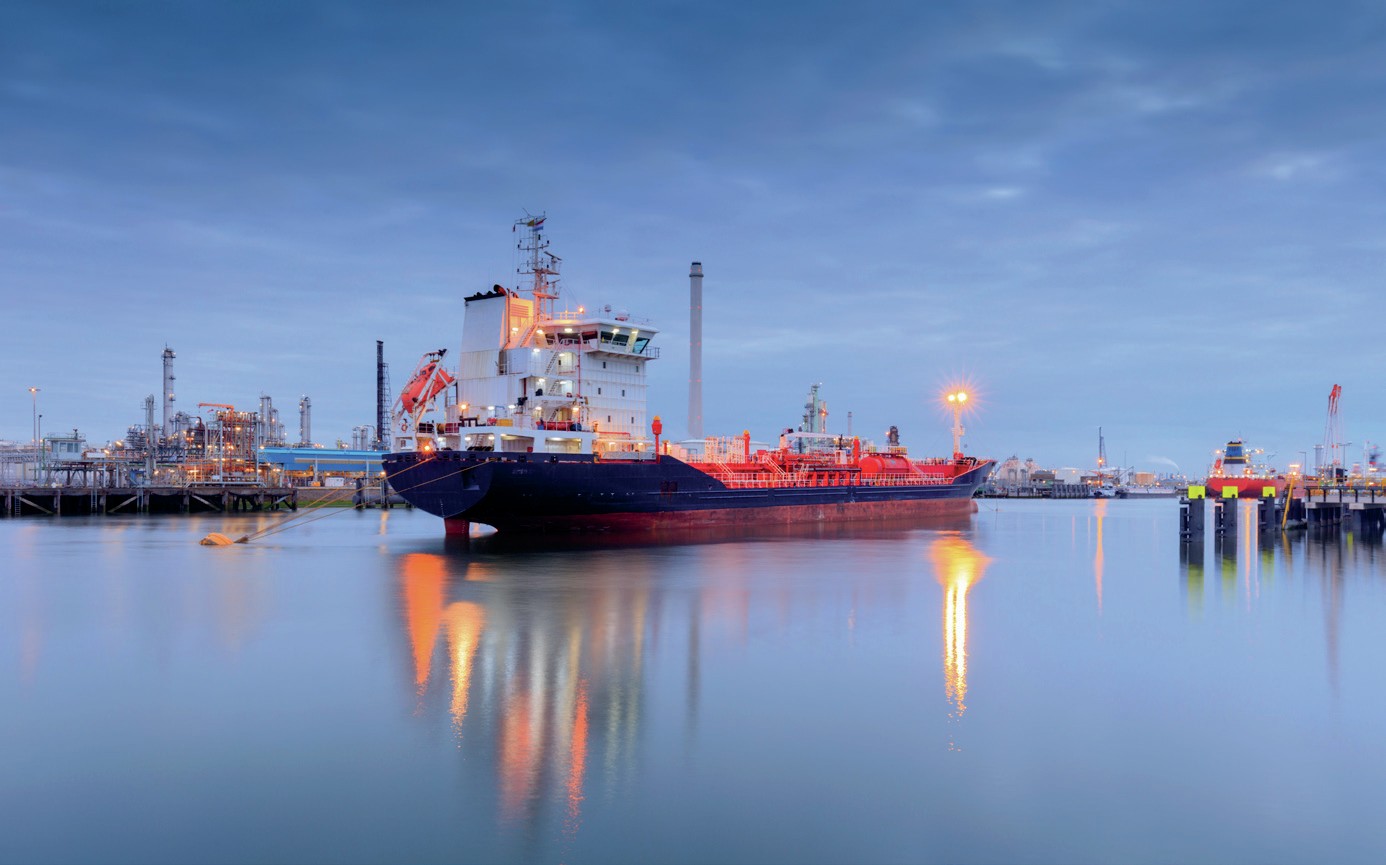Nitrogen+Syngas 390 Jul-Aug 2024
31 July 2024
Syngas Project Listing 2024
A round-up of current and proposed projects involving non-nitrogen synthesis gas derivatives, including methanol, synthetic/substitute natural gas (SNG) and gas- and coal to liquids (GTL/CTL) plants.
